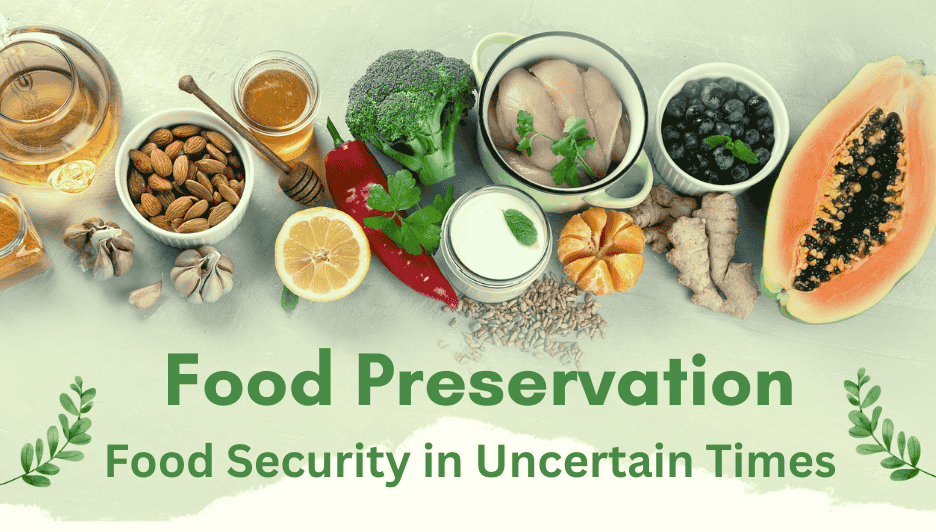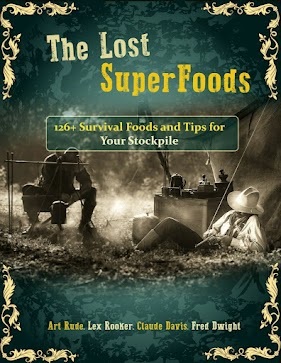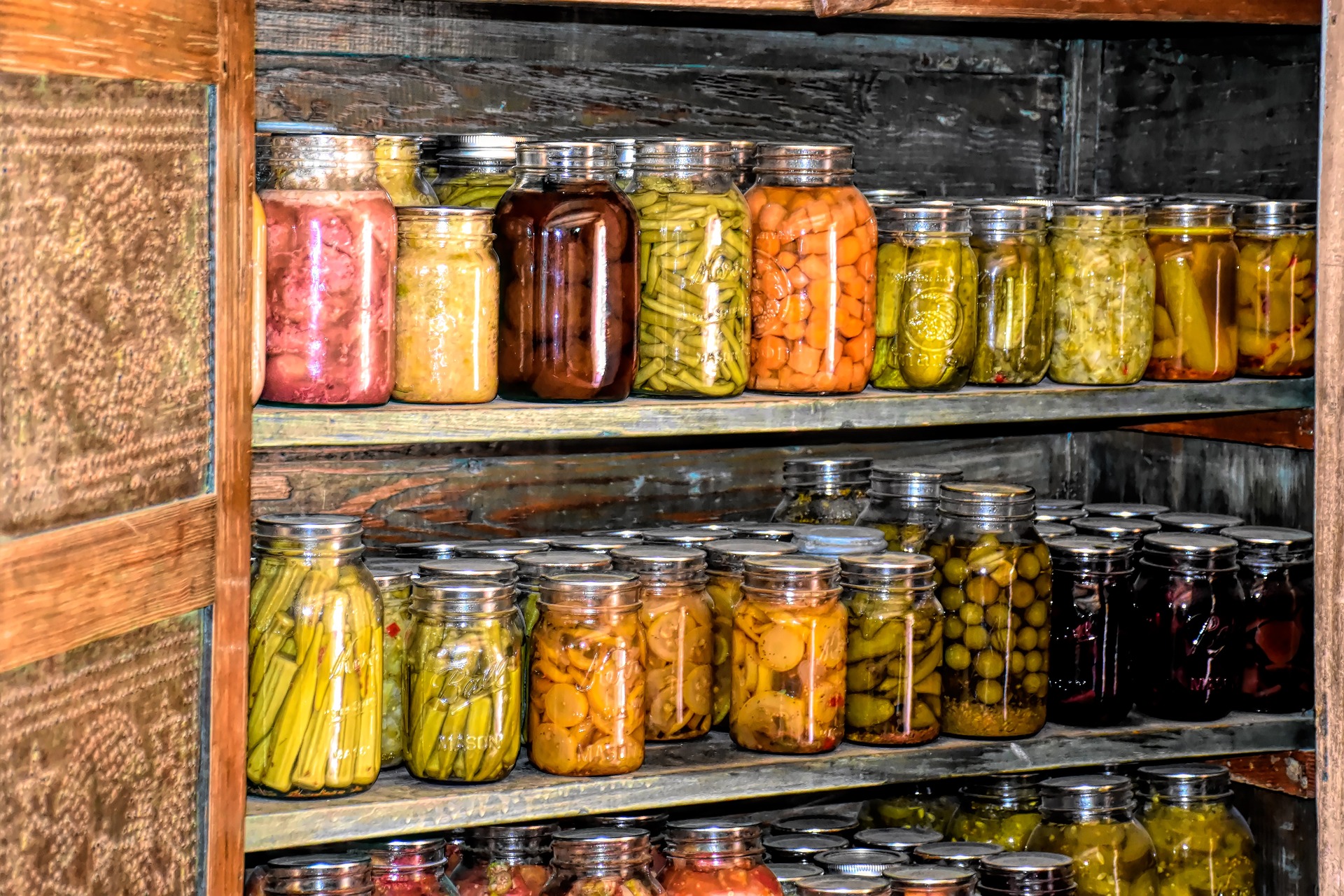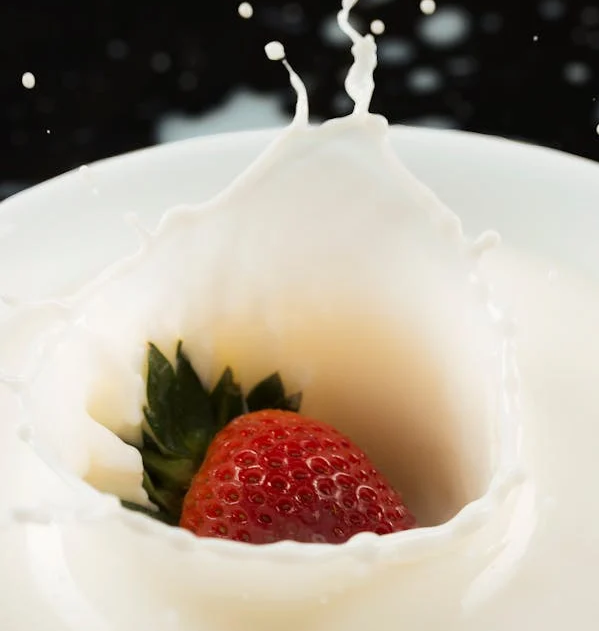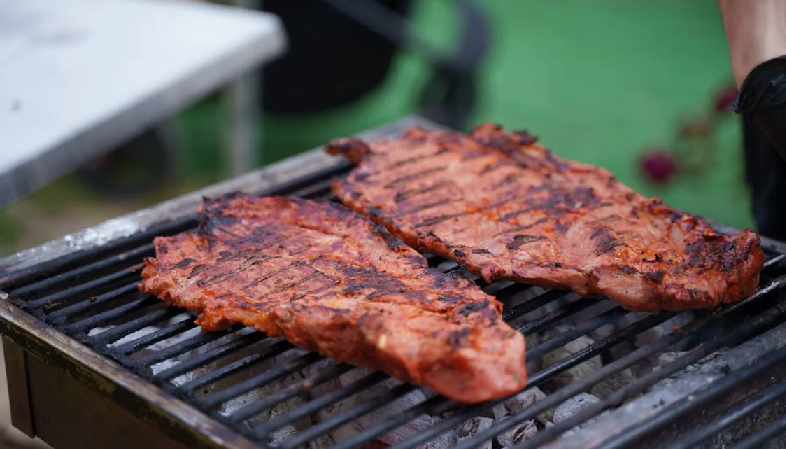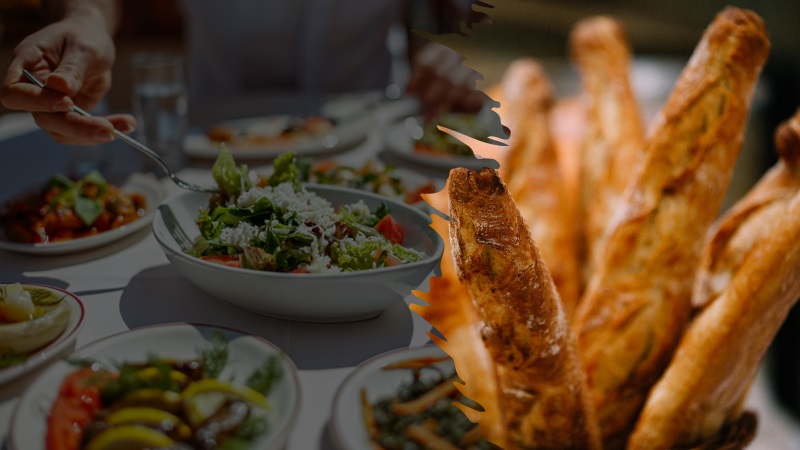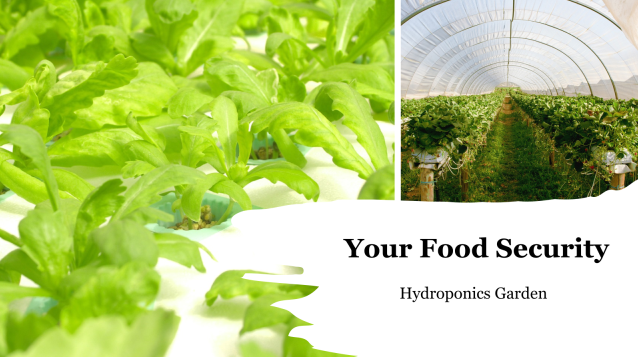Food preservation has become a cornerstone of food security in an increasingly unpredictable world.
From natural disasters to economic instability. The ability to store food for extended periods offers peace of mind. And ensures access to nutritious meals even during crises.
No matter, you’re a home gardener, an avid cook, or simply someone who wants to reduce waste and prepare for the unexpected.
Food preservation techniques can be a powerful tool for maintaining self-sufficiency.
This article will explore the most effective methods of preserving food and how they contribute to long-term food security.
Why Food Preservation is Essential
In uncertain times, supply chains may be disrupted. Therefore, leading to shortages of fresh food or increased prices.
Learning and applying food preservation techniques ensures a reliable supply of healthy, home-prepared food in your pantry.
Techniques like freezing, canning, drying, and fermenting food extend its shelf life. This allows families to weather unexpected challenges without compromising on nutrition. And it is especially true for fruits, vegetables, meats, and even dairy products.
Moreover, preserving food can significantly reduce food waste.
Instead of discarding surplus produce or leftovers, preservation methods allow you to store and enjoy them later.
This is especially important for those who grow their food or purchase seasonal produce in bulk.
Key Methods of Food Preservation
There are several methods available to help preserve food. Each has its own benefits, depending on the type of food and the length of time you need to store it. Let’s explore some of the most popular and effective techniques:
Canning Food for Preservation
Canning is a traditional method of preserving food that involves sealing it in airtight jars.
There are two primary methods of canning: water bath canning for high-acid foods like tomatoes, fruits, and pickles, and pressure canning for low-acid foods like meats, beans, and vegetables.
Both methods help to kill harmful bacteria, ensuring the food stays safe to eat for months or even years.
Canning is especially popular among gardeners who have an abundance of homegrown vegetables and fruits.
It’s also a great way to store seasonal produce, allowing you to enjoy fresh-tasting fruits and vegetables long after the growing season has ended.
Proper canning techniques are essential to prevent foodborne illnesses like botulism, so always follow established guidelines when canning at home.
Freezing is one of the simplest and most accessible methods of food preservation. By freezing fruits, vegetables, meats, and prepared meals.
In fact, you can store food for months or even years without losing much of its nutritional value.
To prevent freezer burn, vacuum sealing your food is highly recommended. This not only extends the life of your frozen goods but also ensures they maintain their flavor and texture.
Foods like berries, soups, and meats freeze particularly well.
However, it’s important to know how to properly prepare and package these foods before freezing to prevent issues like freezer burn or loss of quality.
For instance, blanching vegetables before freezing them helps preserve their color and nutritional content.
Drying Food
Drying, or dehydrating food, removes moisture to prevent the growth of bacteria and mold.
This method is excellent for preserving fruits, vegetables, and meats like jerky. You can use a food dehydrator or a conventional oven set to a low temperature to dry foods.
Dried fruits and vegetables make for great snacks or ingredients in soups and stews. Dried herbs are another valuable item to store for long-term use, maintaining their flavor and potency for months.
When stored properly in airtight containers, dehydrated foods can last for years, making this method a top choice for long-term storage.
Preserving Food with Smoking and Curing
Smoking and curing meats have long been used to extend the shelf life of perishable items.
These methods involve using salt, sugar, or smoke to preserve and enhance the flavor of meats and fish.
Smoking helps preserve meat and adds a rich, savory flavor that many people enjoy. For long-term storage, meat can be smoked and then vacuum sealed or stored in a cool, dry place.
Curing meat with salt, known as dry curing, draws out moisture and prevents bacteria growth.
This allows the meat to be stored for long periods without refrigeration, making it ideal for those who want to preserve meat for months or even years.
The Role of Vacuum Sealing in Food Preservation
Vacuum sealing is a modern food preservation technique that complements other methods like freezing, drying, and smoking.
Vacuum sealing significantly reduces the risk of mold and bacterial growth by removing air from the packaging, helping food last longer.
This method is especially effective when used with freezing, as it prevents freezer burn.
Vacuum sealing can also be used for dried foods, ensuring they stay fresh and crisp.
For those serious about long-term food storage, investing in a vacuum sealer is a great way to protect your food from spoilage.
Fermenting Food
Fermentation is an ancient food preservation technique that not only extends the shelf life of certain foods but also enhances their nutritional profile.
Foods like sauerkraut, kimchi, and pickles are all made through the fermentation process.
The good bacteria that develop during fermentation create natural preservatives, which make these foods both nutritious and long-lasting.
Fermenting vegetables is a simple and cost-effective way to preserve your garden’s bounty.
Fermented foods also offer health benefits, such as improving gut health due to their probiotic content.
Fermentation requires just a few ingredients, typically salt, water, and the food itself, making it accessible for anyone interested in DIY food preservation.
Food Preservation for Long-Term Storage
Combining different preservation methods is often the best approach for those looking to store food long-term.
For example, dried and vacuum-sealed fruits can last years, while home-canned vegetables provide a reliable, nutritious food supply.
Root cellars offer another low-tech solution for storing root vegetables, allowing them to remain fresh throughout winter without refrigeration.
Proper storage is key to maintaining the quality and safety of preserved foods.
Airtight containers, dark storage spaces, and consistent temperatures will help ensure your preserved food stays fresh for as long as possible.
Food Security Through Self-Sufficiency
Food preservation is not just a skill—it’s a safeguard against the uncertainties of modern life.
Whether you’re preserving food for emergency preparedness, to reduce waste, or simply to enjoy the fruits of your labor year-round, these techniques are invaluable.
By learning how to preserve food effectively, you can take control of your food security and build a buffer against times of scarcity.
Incorporating food preservation into your routine may seem daunting at first, but the rewards are substantial.
From reducing your reliance on grocery store supply chains to cutting down on food waste, preserving your own food is a step toward greater self-sufficiency and resilience in uncertain times.

